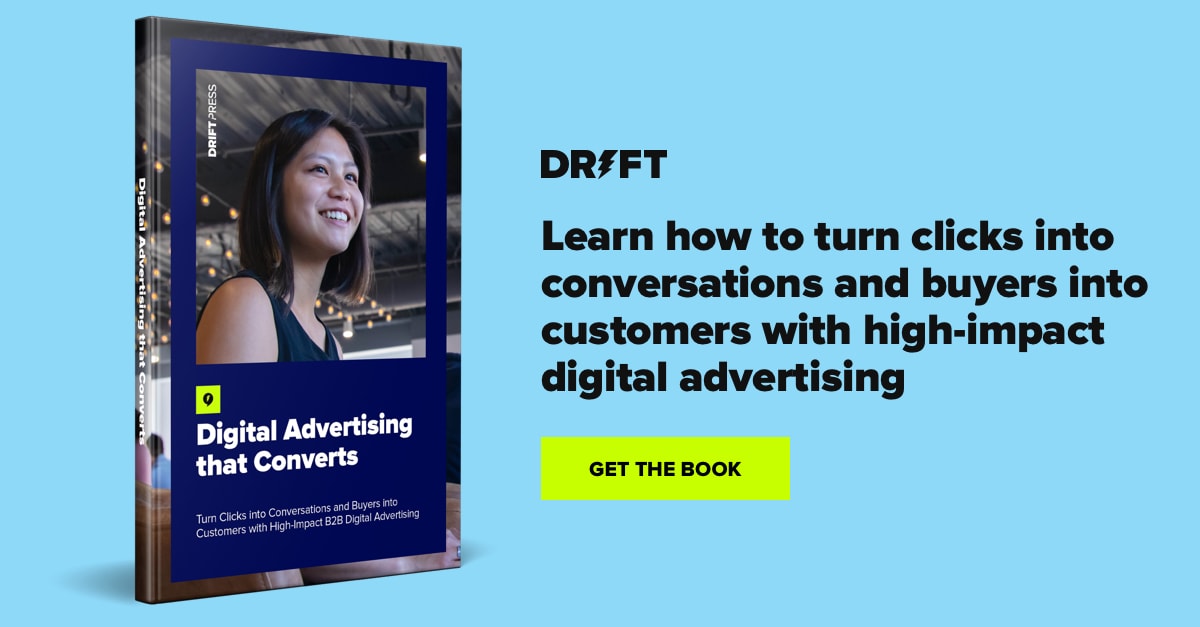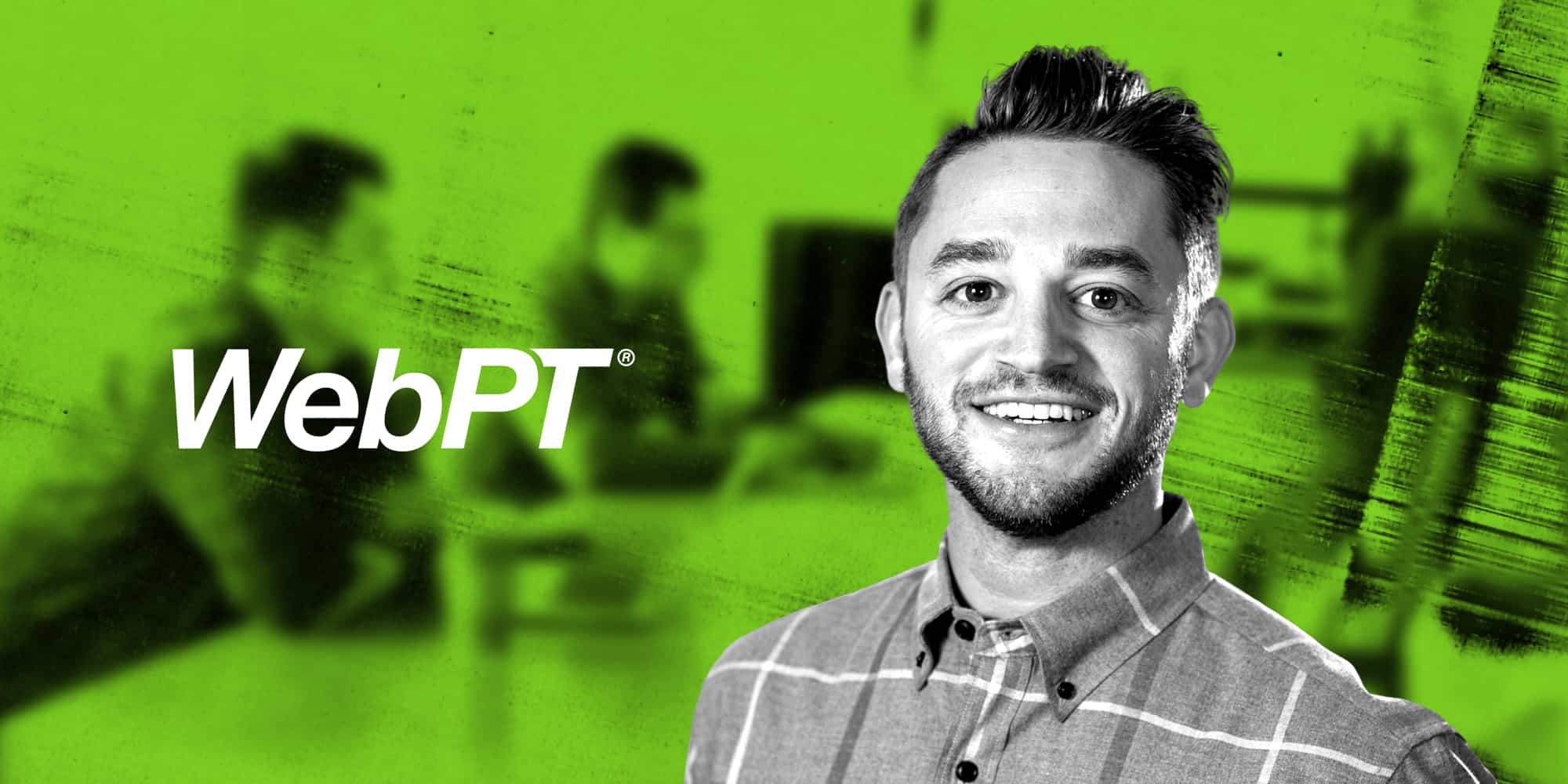Some B2B companies are driving major ROI with digital advertising.
Do they know something you don’t?
That’s why we asked reps from three B2B digital advertising powerhouses Mimi Rosenheim, Sr. Director of Digital Marketing at Demandbase; Mitchell Hanson, Director of Demand Generation at ZoomInfo; and Dan Frohnen, CMO at Sendoso – to give us the details at our RevGrowth Digital Advertising virtual event.
If you want to watch the full presentation, click here. Otherwise, keep reading for all the insights 💡
What B2B Digital Advertising Means in an All-Digital World
Marketers used to love talking about how we no longer live in the “Mad Men” era of advertising.
But the truth is, too many B2B marketers forget some of the reasons we call that era the golden age. Even magazine ads weren’t just around brand awareness. They made you want to buy:

Digital advertising works the same way to facilitate the entire customer journey, not just awareness.
You have so much power at your fingertips to target audiences on a detailed level. You don’t have to throw one thing out there and hope that it’s relevant to anyone searching for a specific keyword or browsing on Facebook. Instead, you can look at, “How can my offer be for my audience and my objective?”
Steal these five tips from digital marketing pros to make it happen:
1. Take a Full-Funnel Approach
You would never send an email to your entire list.
So why would you deploy an ad for every single prospect to see all at once?
Instead of trying to do alllllll the things, focusing on the people with the highest intent to purchase – your ideal customers – means that every ad they see is relevant and targeted to them.
Segmentation starts with your channels.
You’re going to reach different people on different social media networks, each with their own flavor and mindset. They’re not there to find your advertisement – they’re there to job search (LinkedIn), catch up with friends (Facebook), or find the answer to a problem or question (Google).
Each channel can correspond to different parts of the buyer’s journey:
- At the top of the funnel, you’re looking to drive awareness and brand impressions for fast-paced media like Twitter. Keep the offer light and content-based, to the blog or a piece of content on your site.
- For the middle of the funnel, you’re digging deeper into how your company can help with your offer. Focus on driving engagement on paid social or using enough indicators to create targeted audiences on LinkedIn or Facebook.
- Finally, bottom-of-funnel ads respond to serious buyer intent, like search engine keywords and pay-per-click. They already know your brand and are more interested.
- And with retargeting, you can re-engage dormant accounts or upsell/cross-sell current customers on paid social.
You need a full-funnel approach to your digital advertising strategy, Then, you can be more targeted with your audiences.
Want to learn how to turn clicks into conversations and buyers into customers with digital advertising? Get the guide here 💰
2. Don’t Be Afraid to Go Small
Digital advertising takes a lot of budget these days, so you don’t want to just throw some ads up without a detailed segmentation plan. Get hyper-specific with your advertising plans.
It’s less and less about broad-based marketing and embracing the idea of granular detail. Before, that might have meant, “Am I hitting the right domain?” Now, savvy digital marketers are all about zero waste when it comes to their leads.
Every ad should be tailored to a specific persona, use case, account, and segment.
Doubling down on detail means figuring out optimization points across the funnel and working to be as efficient as possible, based on the sales cycle. The more granular you are, the more conversions you’ll see.
3. Think Segment First
Every channel needs something different. But granular optimization takes a ton of manual effort. How can you get the most marketing ROI without driving around in circles?
When in doubt, segment first.
If you know a certain segment will convert at 2%, and another segment is going to convert at 4%, you can understand your baselines for cost-per metrics and more effectively bid. The more you can understand exactly what a certain campaign will cost downstream means you can bid with confidence.
On LinkedIn, for instance, the recommended beta is, say, $14 for a click. If you know for sure what your likelihood of conversion will be, you can bid $10 per click and get the same results.
What’s the worst that can happen? You don’t use all of your budget. Instead of agonizing over every single optimization point, focus on the segments and how they perform. Use 50% of your budget and test two offers, learn which works best, and then double down on the one that wins.
These segments power your omnichannel strategy. So if that’s what you’re doing on LinkedIn, you should map your paid search campaigns across channels by different topics so it all connects. Understanding the broader segment behavior and pairing each one with matching offers maintains your efficiency and allows you to have that precision required to succeed.
4. Measure More Than MQLs
The hardest part of any marketer’s job is being able to say, “I know this is working and I’m going to put more money into this.”
To understand how you’re really doing, you have to look past conversions and look at costs. What’s your cost-per-lead? What’s your cost-per-MQL? If you’re just starting with digital ads, you can use these as leading indicators to say, “Hey I haven’t shown you that ROI yet. But you can have confidence that ROI’s coming.”
Just because it’s a lead doesn’t mean it’s an MQL.
Especially if you’re running a full-funnel approach to your digital advertisements. If 20% of your conversions are already customers, then you’re probably paying 20% more than you need to. You can either accept that cost or work on more targeted segmentation to suppress existing customers from your ads.
Then you just keep rolling down the funnel. What’s your MQL-to-demo conversion rate? (Or whatever your next step looks like.)
Because what digital advertising really does is a compounding effect.
If you talk to your CMO, they’re not going to care about your MQL. They want to know how you’ll nurture these accounts and get them to the finish line. You may have an immediate lead gen impact, but then you also need to determine your runoff – how your advertising drives high-quality traffic to the site over time, which in turn, converts on other channels.
Instead of just measuring MQLs, measure your success on a campaign level. What were you setting out to achieve with this campaign? Which segment, which offer, which part of the funnel? You’re going to have different attribution models based on what you’re trying to achieve.
- Measure acquisition campaigns by first-touch.
- Measure nurture campaigns by lead generation.
- Measure strategic campaigns by opportunity creation.
Success can mean different things for different campaigns. No digital advertisement exists in a vacuum. When you create your digital ads from a full-funnel approach, each ad interrelates with the next one, which in turn slots into the overall journey on your website or email program.
5. Go Beyond Cookies
No, not those cookies 🍪
Digital advertising is one place where you can do better than cookies. (And you’re going to have to, since Google announced third-party cookies would be obsolete in Chrome browsers by 2021.) Using tools like cloud-based privacy clusters or Google’s own Privacy Sandbox to determine detailed targeting.
But as the cookies (ahem) crumble, it’s time to think bigger about how you’re powering your advertising strategy. Intent matters more – if you can base your digital ad strategy on a more contextual, persona-based approach across the funnel, you’re more likely to achieve results, anyway.
Now You Know, Too
B2B doesn’t need to equal boring.
With more and more marketing and sales efforts moving online, it’s more important than ever to level up your offers and connect them to the rest of your marketing mix. The more you can tie your offers to your overall campaigns, events, or email marketing efforts, the more successful you’ll be.









